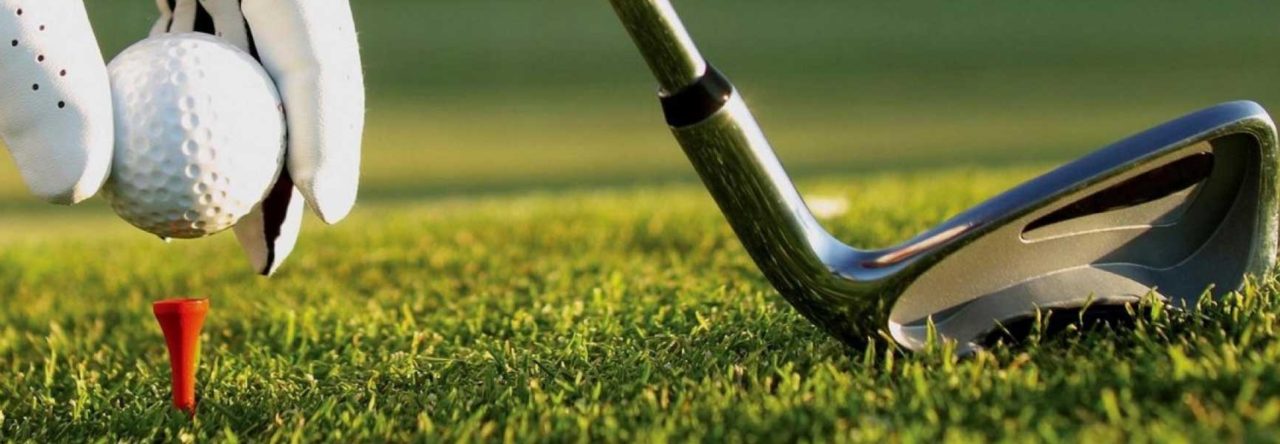According to Golf Monthly, the world is home to almost 40,000 golf courses, and many of these have played host to some of golf’s biggest tournaments.
St Andrew’s Old Course
Based in Fife, Scotland, St Andrews Old Course is the oldest golf course in the world and also open to the public. The course also plays a part in golfing history, influencing how the game is played today by reducing the number of holes from 22 to 18.
St Andrews Old Course has held countless international golf tournaments, including the Open Championship 29 times. Most notably, Tiger Woods has won at St Andrew’s twice. In 2005, the course was also ranked as the greatest golf course outside the United States by Golf Digest.
Pebble Beach
Located on USA’s west coast, California’s Pebble Beach is America’s favorite public golf course – renowned for its beauty and open views of Carmel Bay. Playing host to six major men’s world championships, the course has become a cornerstone location in the professional golfing community and will be the first to host a men’s, women’s and senior men’s tournament in the year 2023.
The course itself features a range of varying par holes, with some giving golfers the illusion of hitting straight out towards the ocean. Hole 7 in particular, is known to be one of the most widely photographed holes in the world.
Augusta National
Renowned for its exclusivity, the Augusta National golf club opened in 1932 and is located in Georgia, United States. As well as hosting the annual Masters Tournament, Augusta has also been repeatedly ranked as being one of America’s best courses.
Outside of tournaments, membership of the club is strictly by invitation only and boasts many high-flying members ranging from businesspeople to famous sports players. The club is also known for its strict on-site rules, which include no cheering or electronic devices on the course.
Real Club Valderrama
Real Club Valderrama in Spain’s Cádiz is rated one of Europe’s best golf courses since 1989 – located in the resort of Sotogrande. Designed by great golf architect Robert Trent Jones in 1974, Valderrama was created to test both amateur and professional golfers.
In 1999, Real Club Valderrama was rated the best course in mainland Europe by Golf World magazine. The par 5 fourth hole – La Cascada is one of the most well-known on this course, with a two-tiered green and pond which presents a real challenge for players.
TPC Sawgrass
The award-winning TPC Sawgrass golf course in Florida was designed with balanced play in mind. It’s widely known for hosting several PGA Tour tournaments and is the world headquarters of professional golf. The course is also home to the Players Championship, held annually in March. Designed by Pete Dye, the TPC Sawgrass was created in 1980 and aimed to improve the golfing experience for both players and spectators with its stadium-like concept.
The course has a selection of short, mid and long holes and a signature island green on the famous 17th hole.
This guest blog post was written by The Golf Travel People – specialists in providing high-quality golf holidays since 2004.

Real Club Valderrama








